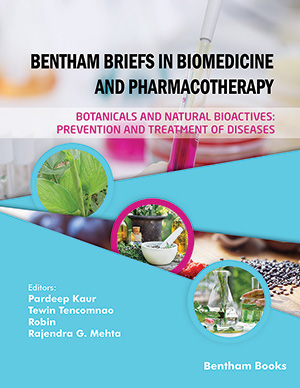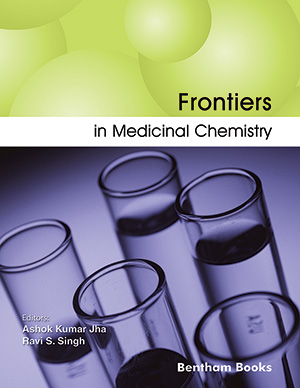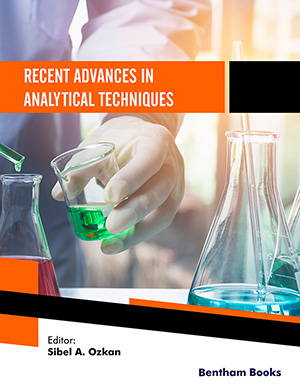Abstract
Background: Both Salvianolate Injection and warfarin are widely prescribed in patients with cardiovascular diseases, but the interaction between them is unknown and needs to be investigated.
Objective: This research aims to study the effects and mechanism of Salvianolate Injection on the pharmacodynamics and pharmacokinetics of warfarin in rats.
Methods: Male Wistar rats were intraperitoneally injected Salvianolate Injection (18 mg/kg) with or without oral administration of warfarin (0.2 mg/kg). A coagulation analyzer evaluated prothrombin time (PT) and activated partial thromboplastin time (APTT). International normalized ratio (INR) was calculated based on PT. UPLC-MS/MS combined with a chiral column was used to separate and measure the plasma concentration of R-warfarin and S-warfarin. Agilent SB-C18 column (1.8 μm, 2.1 mm × 50 mm) was used for separation, column temperature at 20°C. The isocratic mobile phase was acetonitrile-aqueous ammonium acetate (5 mM, pH 4) at a flow rate of 0.2 mL/min and 11.5 min for each injection. Pharmacokinetic parameters were calculated using DAS 2.0 software.
Results: Salvianolate Injection increased PT and INR (p < 0.05), while APTT was unaffected (p > 0.05). Compared with the warfarin group, the co-administration of Salvianolate Injection and singledose warfarin enlarged PT and INR (p < 0.05). Similar increases in pharmacokinetic parameters of R-warfarin and S-warfarin, including Cmax, AUC0-t, AUC0-∞, t1/2, and CL/F (p < 0.05), were observed in the co-administration group. A steady-state study of warfarin indicated that PT and INR in the coadministration group are longer than those in the warfarin group (p < 0.05). On days 7th and 8th of warfarin treatment (two and three days after Salvianolate Injection treatment), the plasma concentration of R-warfarin increased by 47.22% and 50.16% (p < 0.05), and plasma concentration of Swarfarin increased by 32.39% and 45.99% (p < 0.05), respectively.
Conclusion: Salvianolate Injection exhibits an anticoagulation effect in rats. Salvianolate Injection can enhance the anticoagulant effect of warfarin by slowing metabolism and increasing the concentration of both enantiomers. These results suggest that the combination of Salvianolate Injection and warfarin should be avoided or closely monitored in case of increasing bleeding risk.
Keywords: Salvianolate injection, warfarin, herb-drug interaction, pharmacodynamics, pharmacokinetics, UPLC-MS/MS.





























